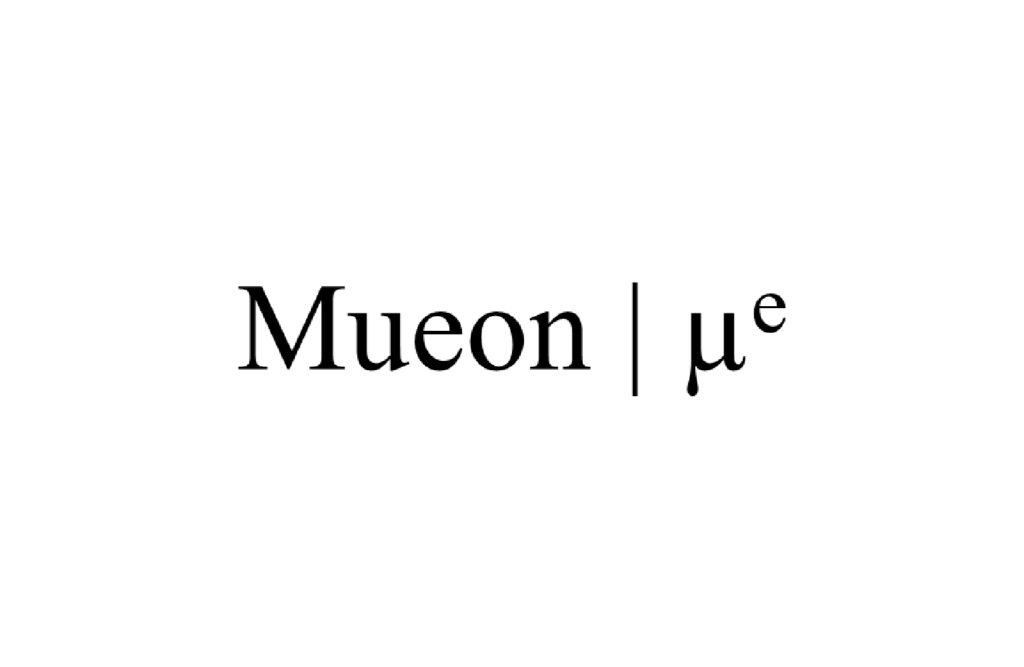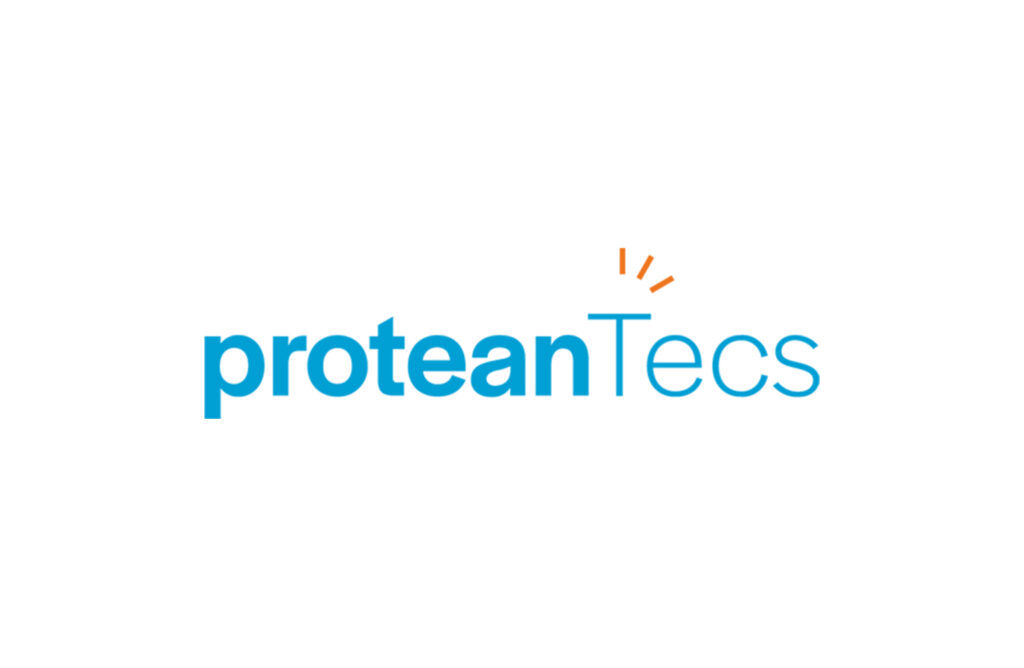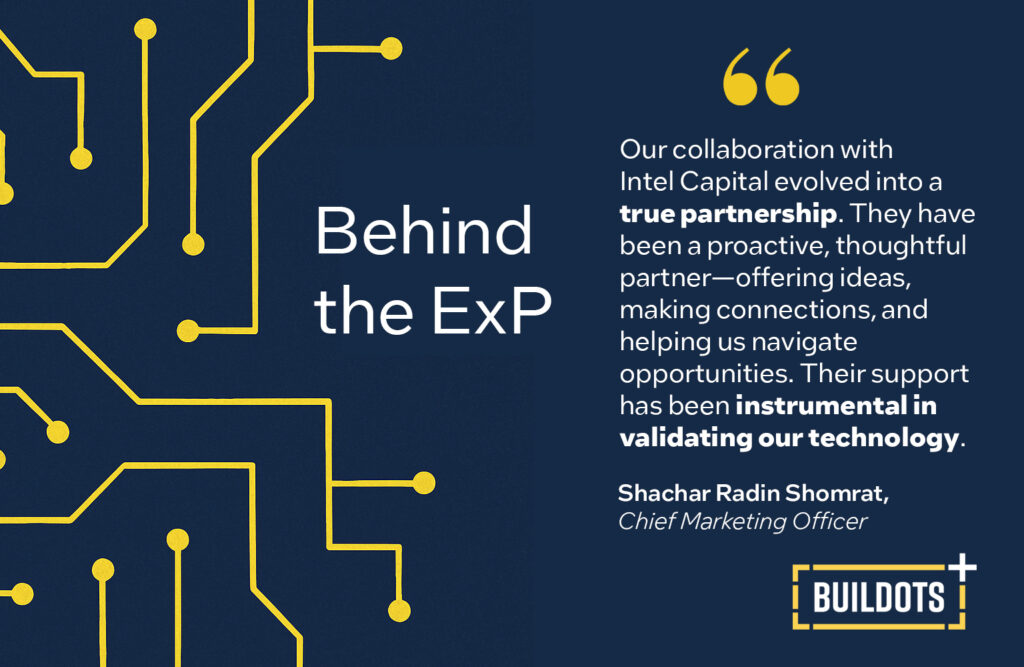
The Ultra Ethernet Consortium’s Momentum in 2024
10 . 10 . 2024
I’ve seen significant progress of the Ultra Ethernet Consortium (UEC) so far and credit this momentum to the following key indicators: rapid member growth, member diversification, innovative technologies, public engagements, and specification maturity.
- Rapid Member Growth: The consortium continues to grow fast, with more companies joining as members. I’m particularly thrilled to see two Intel Capital portfolio companies, Astera Labs and Rivos, among the new additions. This expanding membership base demonstrates the industry’s growing interest in UEC’s mission.
- Member Diversification: We are witnessing a shift in the types of organizations joining UEC. Innovation adopters like Lawrence Livermore National Laboratory and Sandia Labs have come on board, bringing their unique perspectives as leaders in deploying high-performance computing (HPC) innovation across large-scale networks. While we haven’t yet reached a tipping point where adopters outnumber vendors within UEC, this trend is a healthy sign of the consortium’s broadening appeal.
- Innovation: The concept of Ethernet as a new innovation technology—after 40+ years of being in a more mature stage of iterative development and deployment—is gaining traction. Even companies with strong value propositions around proprietary technologies, such as NVIDIA and Cornelis Networks, are active participants in the UEC community. This acceptance signals a growing recognition of Ethernet’s potential to shape the future of high-performance and AI networking.
- Public Engagement: While promotional items like free stickers are nice, access to experts that can speak to the current and future capabilities of UEC is much more compelling and valuable. UEC experts are signed up to actively participate in major industry events like the OCP Global Summit and SuperComputing 2024. (Swing by the UEC booth if you are interested in learning more about the forum!) This increased visibility provides opportunities for deeper discussions and collaborations within the wider tech community.
- Specification Maturity: Having spent decades in product management, I’m particularly impressed by the maturity of UEC specifications. While not all aspects and sections in the document have reached 100%, there’s sufficient progress to excite startup innovators in the space. In my view, most if not all the specifications are mature enough to provide engineering teams with the necessary requirements for proof-of-concept technology development. We’re also seeing progress towards a 1.0 general availability specification agreed upon by vendors and adopters – a critical milestone for any open standard consortium. Additionally, there’s growing detail for validation methodologies, performance testing, and compliance plans.
These five validators collectively paint a picture of a consortium that's gaining momentum and credibility. For startup innovators in the high-performance networking space, UEC's progress offers exciting opportunities to contribute to and benefit from this evolving ecosystem. As we move forward, I'm confident that UEC will continue to play a crucial role in shaping the future of Ethernet-based high-performance networks for AI and HPC workloads.




